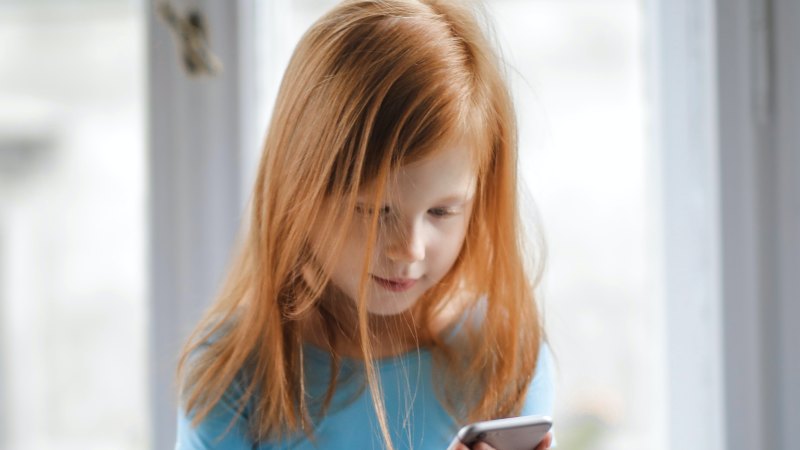[ad_1]
Loading
To start, you can create a downtime schedule to limit device use at certain times. Downtime can completely block the device, or restrict it to essential apps that you choose. Guardians can also override the schedule by allowing more time or imposing downtime whenever they want (though the child gets a five-minute warning if you do this).
The other thing to do right away is set content restrictions. There’s a long list of settings that will determine which apps can be downloaded, and can block media such as TV shows and books based on age ratings. Apple has a web content filter you can turn on that will block pages based on URLs and keywords, and you can also keep your own list of websites to allow or block.
Once you’ve set it up and your child is using the device, you will get a graph of daily activity, which you can break down to see exactly what apps and websites they have used and for how long. You can also turn on purchase approvals, which means you’ll get a notification when the child tries to download anything new from the store, and they won’t get it until you approve it.
Android
Google offers a similar suite of tools called Family Link, which you can get as an app on Android or iOS. The first thing to do is use the app to create a Google account for your child under 12, and you can also send invitations to any other guardians. When you set up the Android phone or tablet for your child, you use their Google account to log in, then you can supervise it via Family Link on your device.
Loading
For each device your child is signed in on, you can set a hard daily time limit, and/or a schedule for what times the device can be used. You can then set limits for individual apps – block them completely, set a daily time limit, or approve them for use at all times even after the device limit is reached.
There are also a range of content controls for Google services, including age ratings for apps, movies and books on the Play Store, the option to lock YouTube to YouTube Kids, and limits on the kind of information children can get from Google Assistant.
There are also filter options for Google Search that can remove or blur explicit images, and settings for Google Chrome that let you block or allow specific sites and turn on Google’s content filter.
At a glance, you can see which apps your child has used each day and for how long, and you can get a breakdown of what categories of personal data each app is collecting, and revoke those permissions if you choose. You can also require your child to ask permission to download new content, to pay for content, or to sign in to new non-Google apps that collect personal data.
Get news and reviews on technology, gadgets and gaming in our Technology newsletter every Friday. Sign up here.
[ad_2]
Source link



